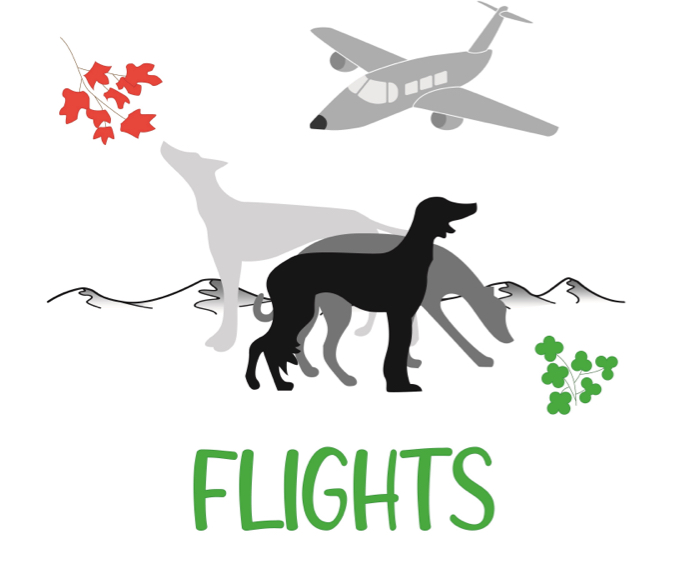Irish Greyhounds
The greyhound racing industry in the United States (US) has been declining for the past few years resulting in fewer dogs being bred, raced and eventually available for adoption upon retirement. This decline was hastened by 2018 legislation to end greyhound racing in the state of Florida. This has resulted in even fewer retired racers being available for adoption throughout the U.S. and Canada. Greyhound breeding and racing continues today Internationally. However, there are not enough homes available for retired greyhound racers in both Ireland and Australia, so it is only logical to find them homes in North America.


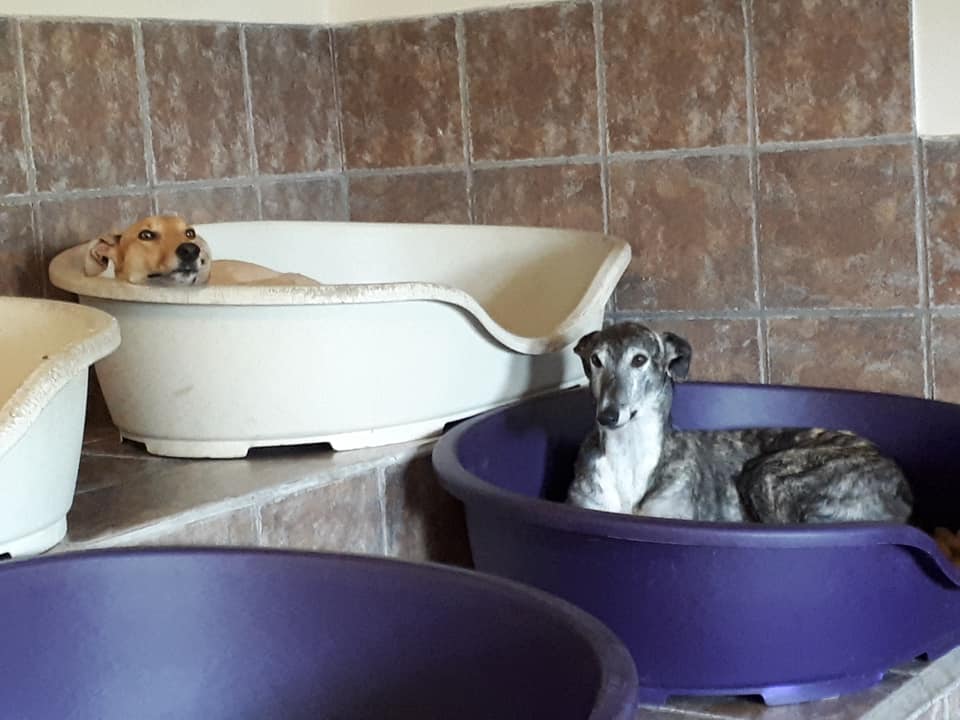
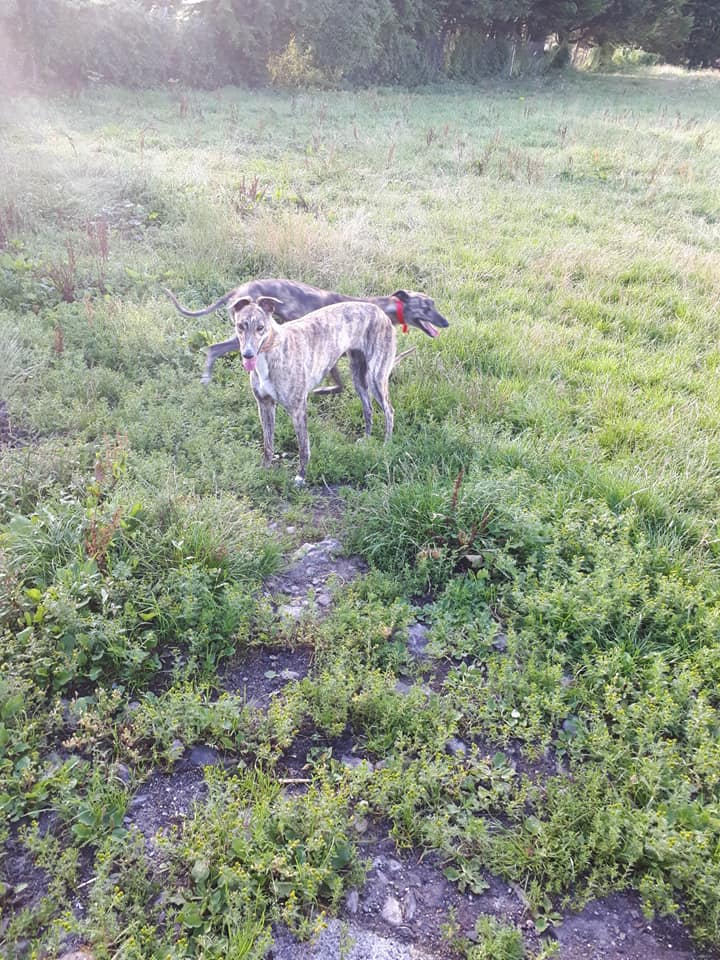
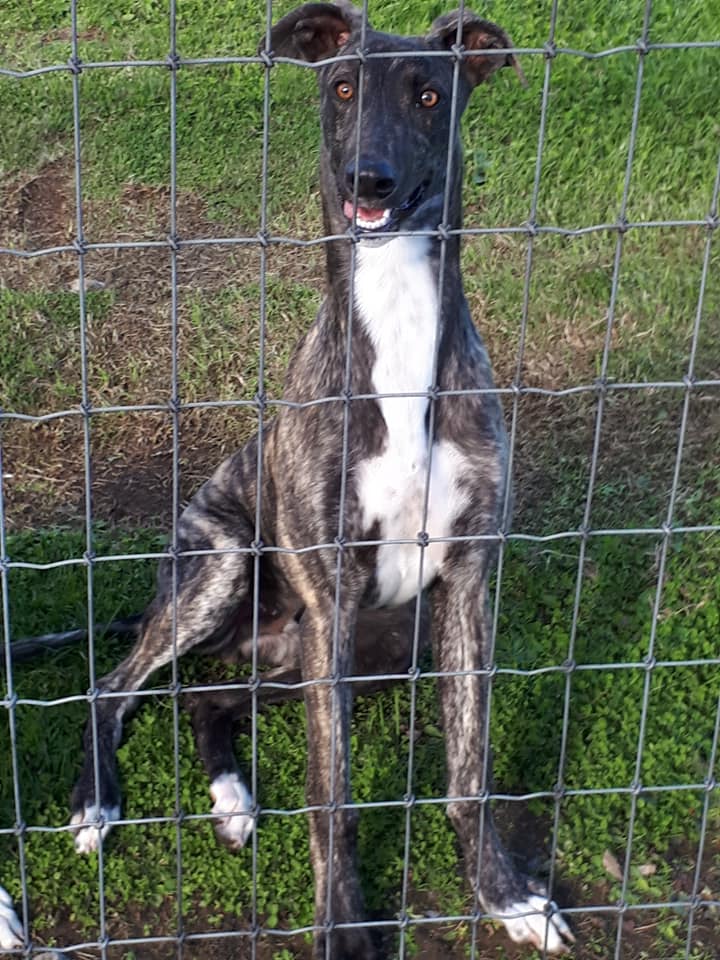
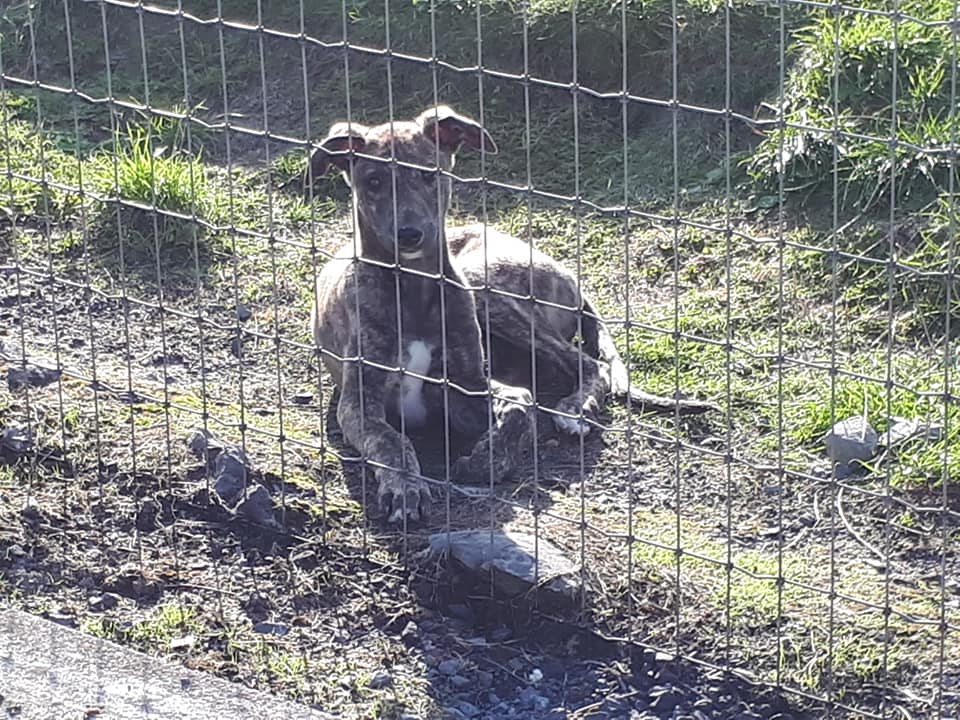
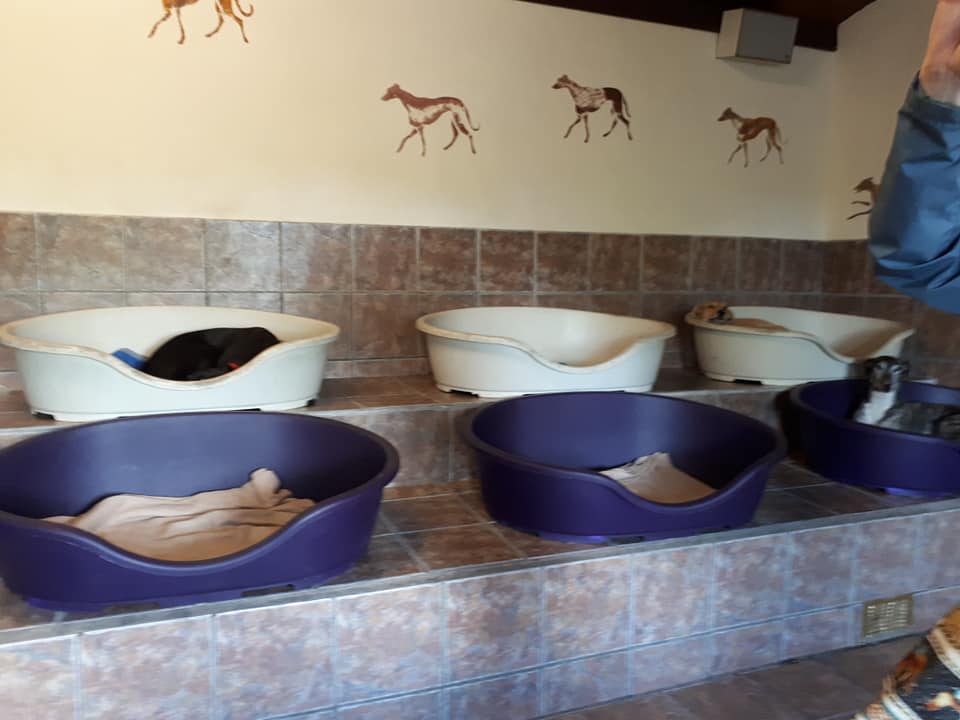
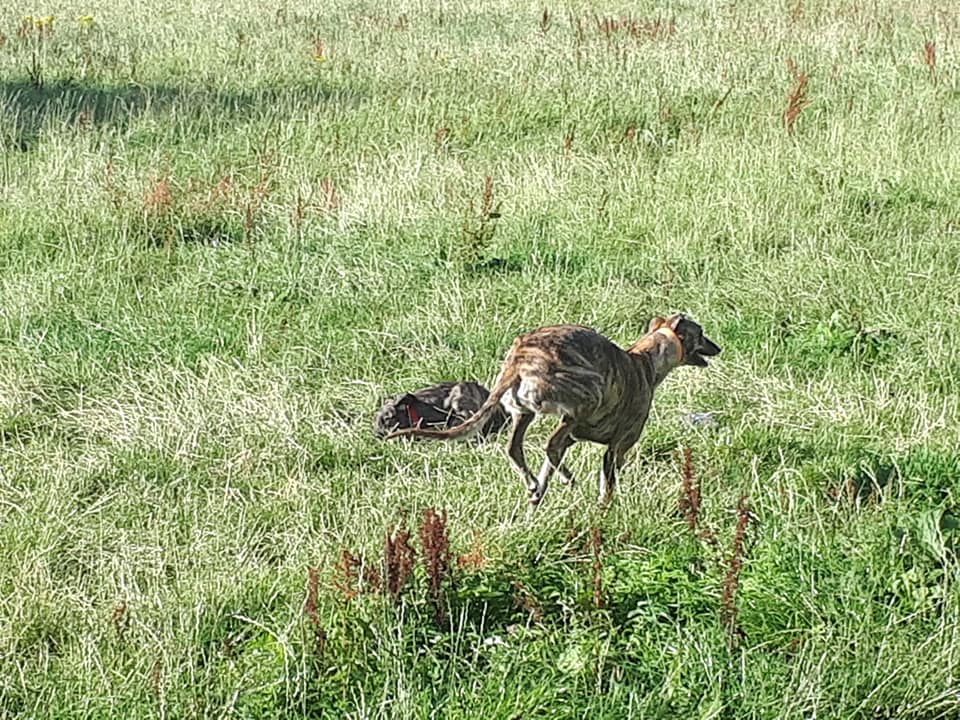
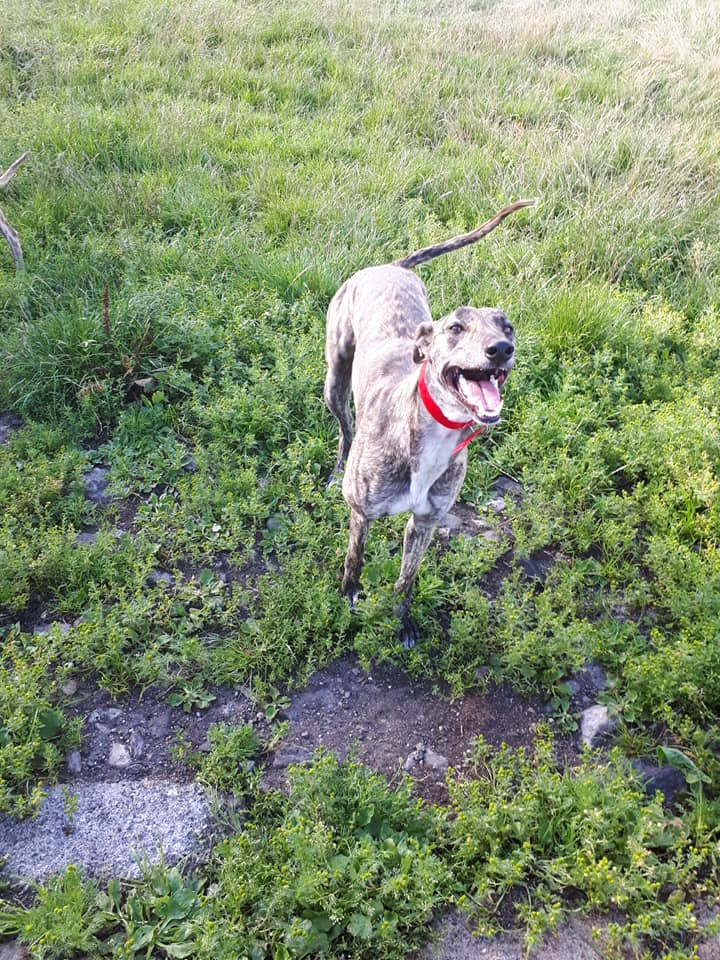
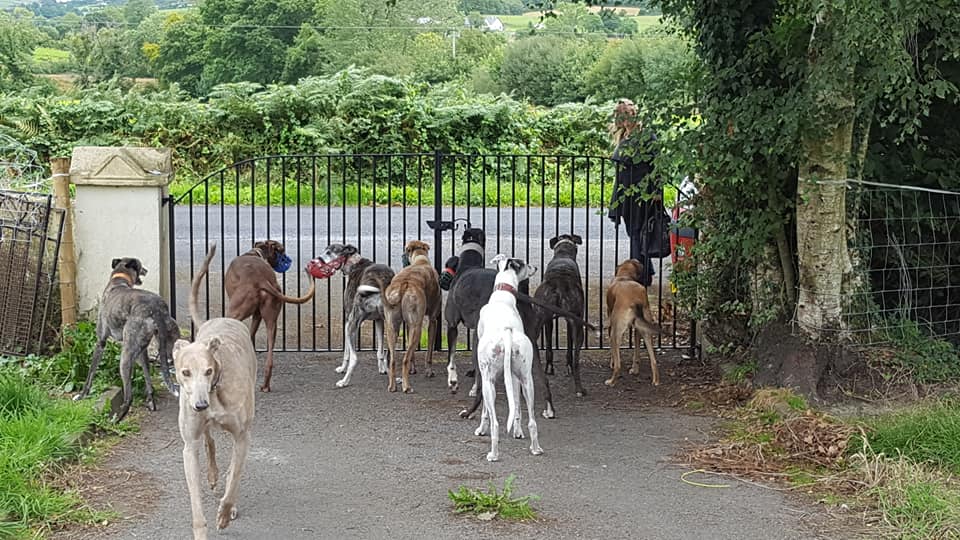
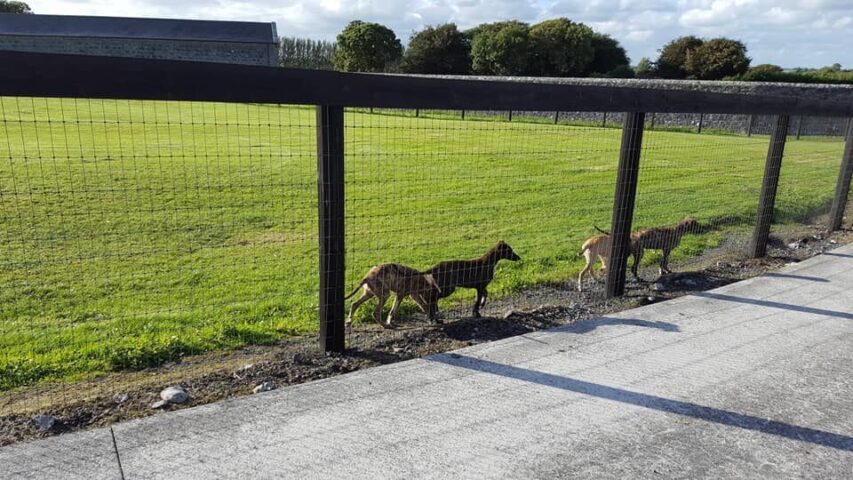
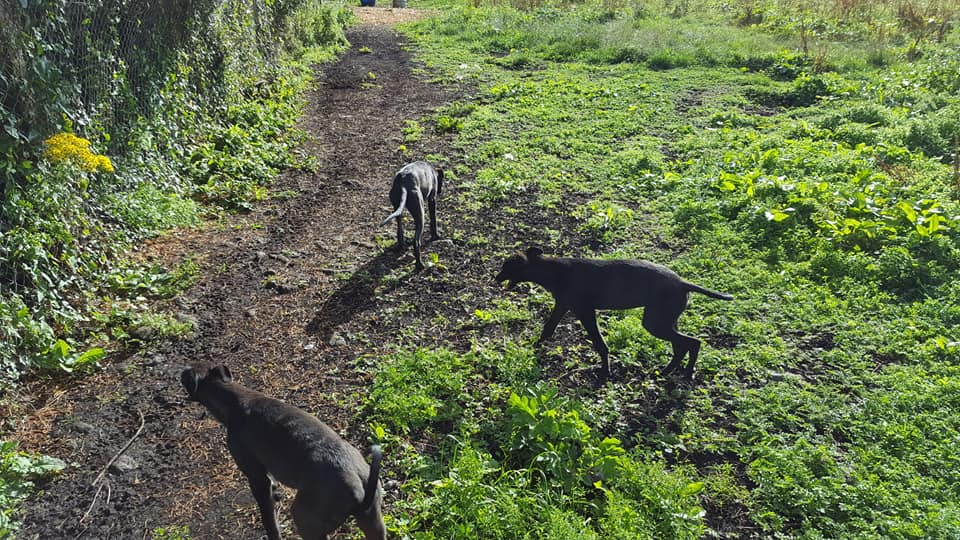
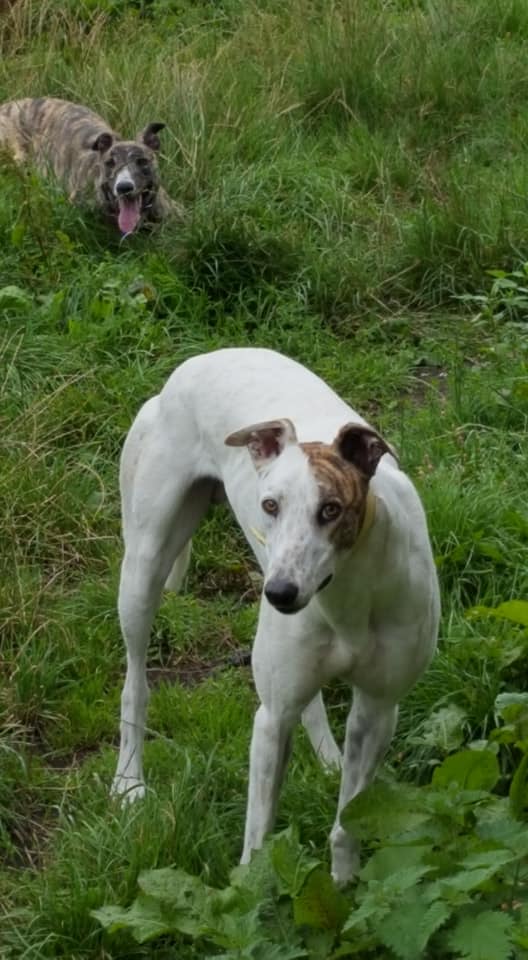
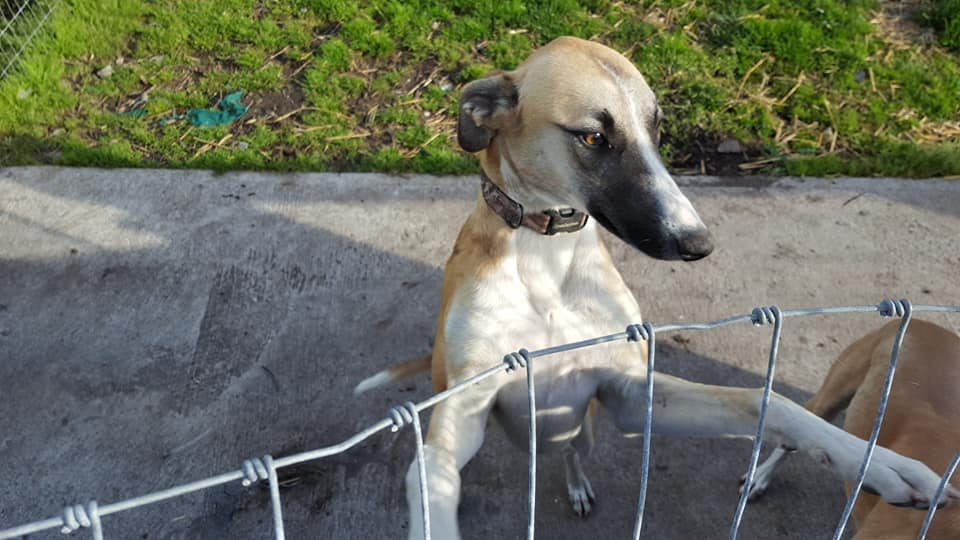
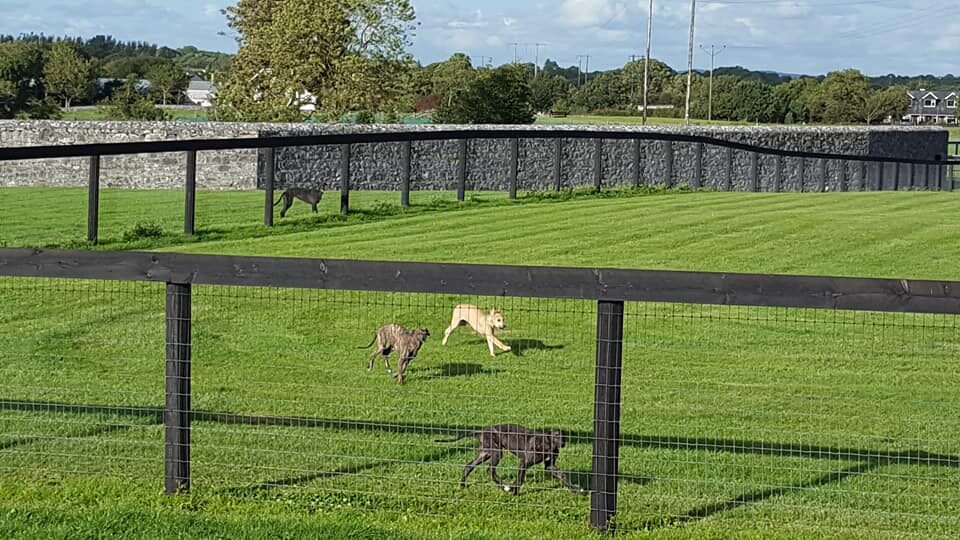
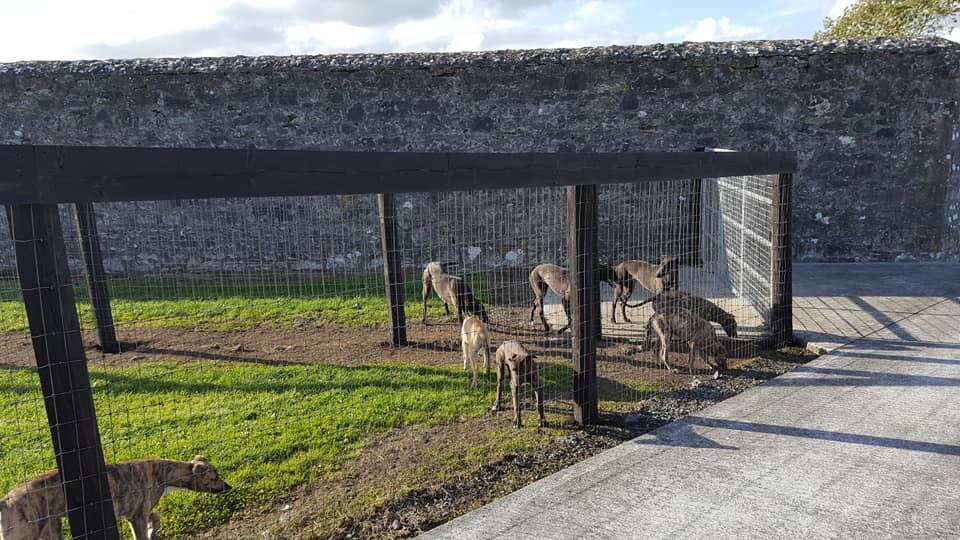
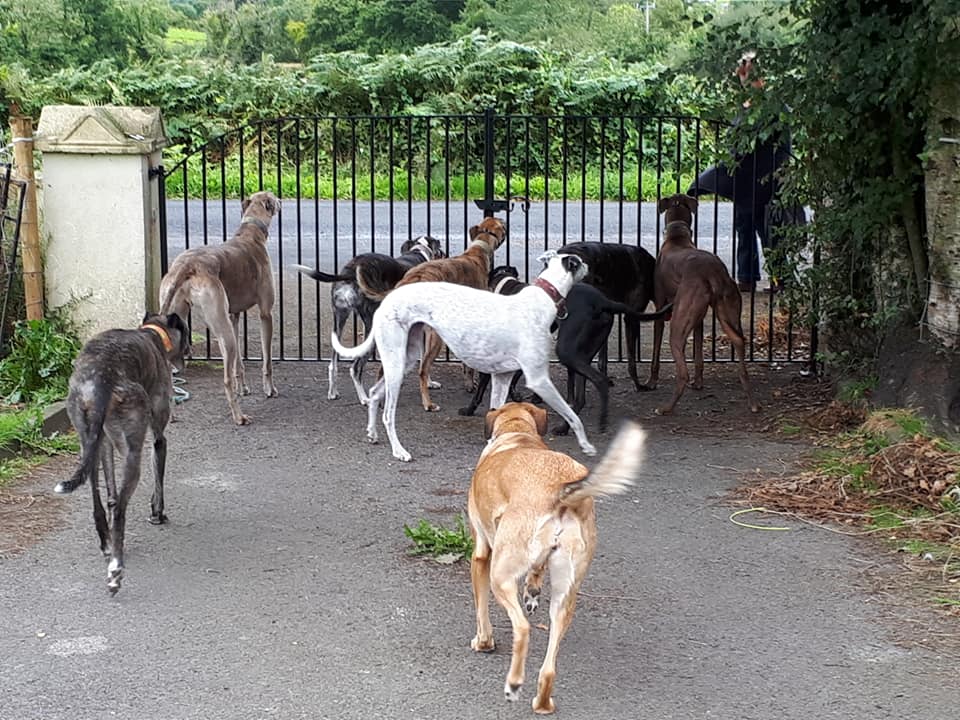


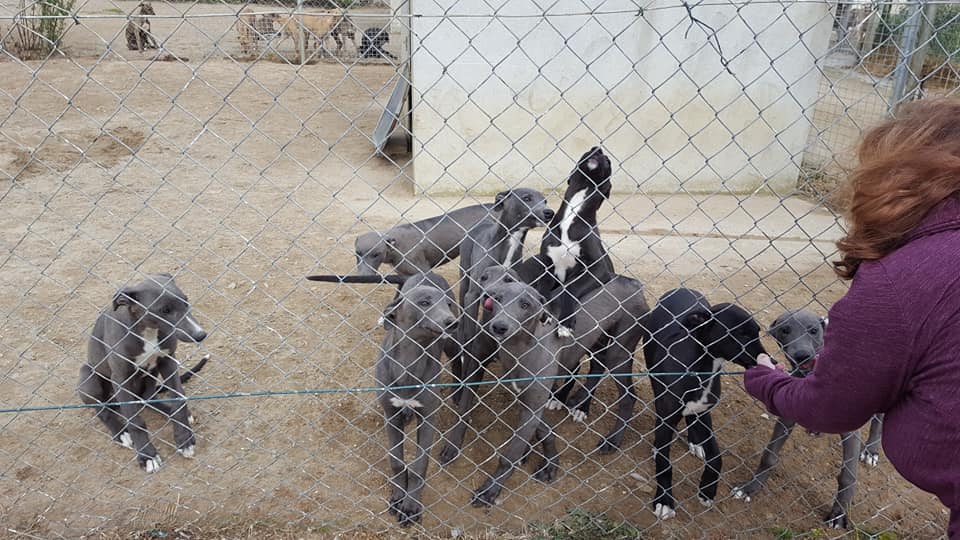
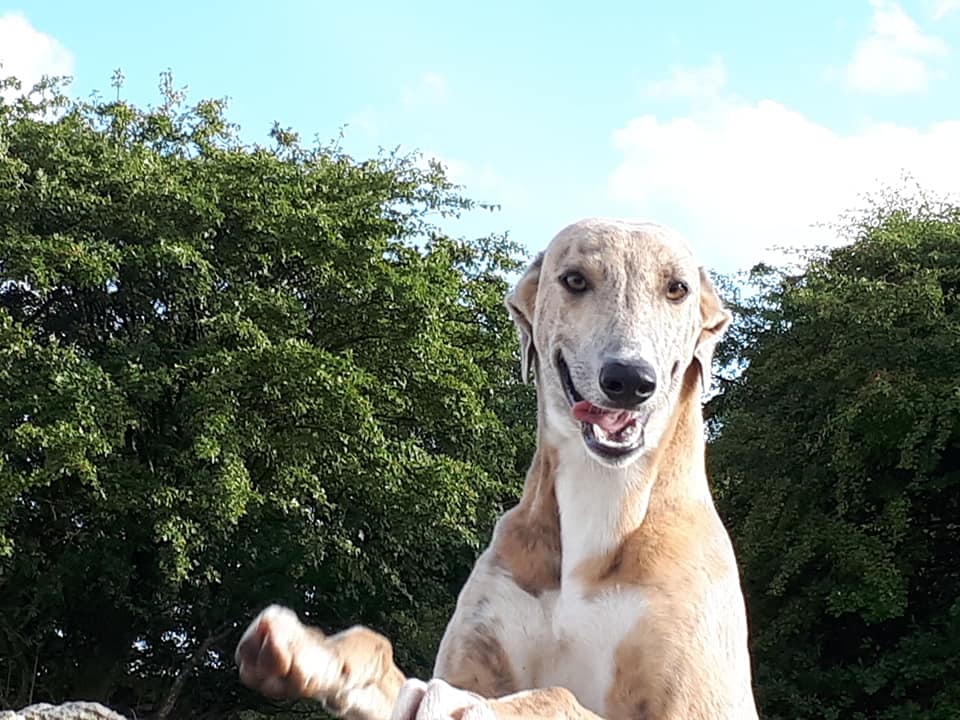
History of Greyhound Racing in Ireland
Ireland is home to two different types of greyhound racing – coursing and oval (or flat) track racing. Coursing, or hare coursing, is the pursuit of hares by greyhounds which chase the hare by sight, not by scent. It is a competitive activity in which dogs are tested on their ability to run, overtake, and turn the hare, rather than a form of hunting aiming at the capture of game.
The Irish form of coursing is run in a secure enclosure over a set distance. Since 1993, it has been compulsory for greyhounds to be muzzled while chasing the hare.
Ireland has been associated with the coursing of greyhounds for generations, although the Irish Coursing Club (ICC) was not formally established until 1916. The sport of coursing and its rules were developed in England over several hundred years. It was the Duke of Norfolk who fully described these rules as the Laws of the Leash in the late 1500s. Many standards seen in coursing today may be found in Laws of the Leash, and this includes only two greyhounds released at a time and allowing the hare a significant head start before the greyhounds are slipped.
Flat track or oval track racing, as seen today, evolved from coursing. In 1926, the oval form of racing arrived in Britain which resulted in the creation of hundreds of tracks all over the United Kingdom and Ireland in the following ten years. Shortly after its introduction, the control of flat track racing came under the auspices of the ICC. In 1958, the Government established Bord nag Con, also known as the Irish Greyhound Board (IGB) to control, promote and operate greyhound racing in the Republic of Ireland. The ICC continued to regulate greyhound racing in Northern Ireland.
There are seventeen tracks operating in Ireland (plus a further two in Northern Ireland) of which nine are owned and operated by Bord na gCon (Irish Greyhound Board or IGB). The rest are owned and operated by private enterprise but licensed by Bord na gCon.
Is there a difference between greyhounds used for coursing versus those used for flat track racing?
Yes, coursing greyhounds come from different bloodlines than those greyhounds used for track racing and there isn’t usually any overlap, although exceptions do occur.
Coursing greyhounds tend to be larger in size than track racing greyhounds.
The training of coursing greyhounds is different and there is usually more one-on-one training time.
